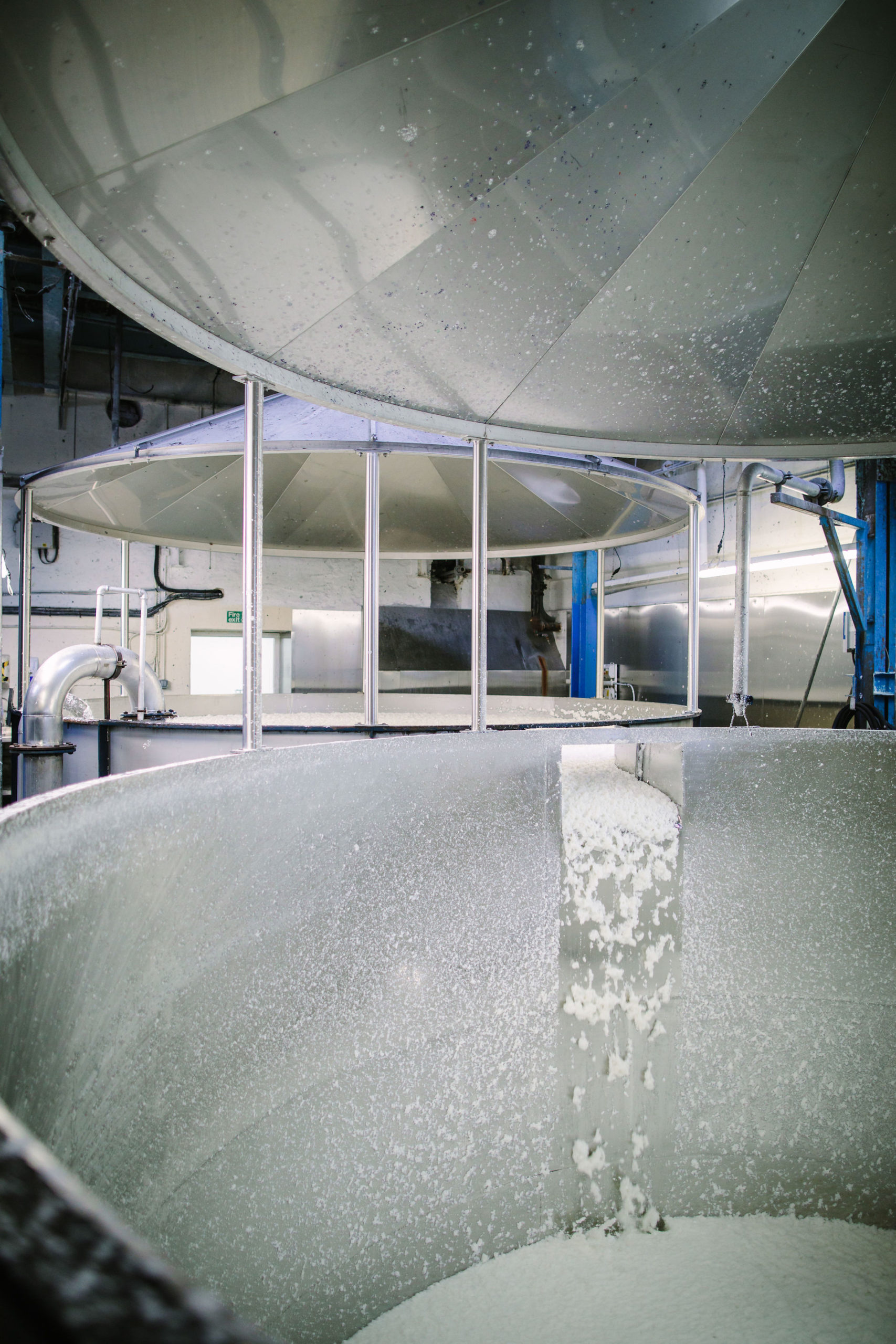OPINION: While there is no denying the march towards more sustainable practice in the paper and packaging world, we do need to acknowledge the elephant in the room when it comes to reclaimed fibre inclusions: for many the word ‘recycled’ is synonymous with imperfection.
It is still a challenge for luxury brands to put their trust in the quality of upcycled fibre. In a world of unboxing videos and a thriving resale market for the packaging from luxury goods, it is understandable that packaging needs to reflect the craftsmanship and quality of the product itself.

Brands are desperately trying to strike the balance between creating packaging which delivers both experience and eco credentials, but concerns over the aesthetic and functional quality of reclaimed fibre may hold some brands back from really exploiting the sustainable options available.
The environmental opportunity is meaningful. Paper is one of the most widely recycled materials in the world. In 2021, 71.4% of all paper and board consumed in Europe was recycled and the total amount of paper and board collected and recycled increased by 2%, up to 57.1 million tonnes. Giving a second life to that recycled fibre as luxury packaging is a wonderful story to tell and one which we know consumers want to hear. So, what is holding the luxury market back from doing more?
We often get questions about the integrity of reclaimed fibre because of the degradation which happens over time and reuse, resulting in a loss of strength. This is a bit of a misnomer; in our established supply chains the fibre we use is typically being recycled for the first time, and as such is pretty much indistinguishable in terms of strength from fresh fibre. Likewise, there are questions around imperfections that might be visible in the final sheet.
These visible imperfections may be specks of dirt or a phenomenon known as ‘shive’. When processing fibres, some can be pressed and compacted and these small clumps of fibre are generally more visible in darker grades, and often attributed to processing recycled content.
Technology
While these functionality concerns have until recent years been founded, the dedicated FibreBlend Upcycled Technology team at the James Cropper mill is committed to perpetual sustainable fibre innovation, and we know that things have changed. From the world’s first technology to upcycle used coffee cups to the industry leading incorporation of used jeans into fully recyclable paper for packaging – transforming waste into beautiful paper and packaging is at the core of our mission.

But it doesn’t begin and end with recovered fibre. We believe that the perfect balance of paper performance, a sustainable story and visual appeal lives in the unique blend of virgin and recovered fibre.
Crucial to this is the process of fibre selection, specific to every brief. Taking a bespoke approach to each project means that we are able to select the perfect blend of fibres to ensure the desired outcome is achieved. Being selective of the supply chain is key; our team conducts rigorous tests to validate the quality of the fibre stream, testing for levels of contamination, Optical Brightening Agents, mechanical content, long-fibre to short-fibre ratio and more.
Stringent fibre selection takes us a long way to achieving the same results which virgin fibre offers. However, the key to zero compromise in terms of quality and environmental impact is absolutely in the blend of virgin and reclaimed.
This can create fantastic results. Recently, a longstanding luxury packaging customer wanted to move to a 40% recycled UK office waste fibre composition. The project posed some challenges which we overcame through our bespoke approach, rigorous fibre selection and testing. The trial was a complete success. Not only did the move give new life to a waste stream and reduce the carbon footprint of the product through local sourcing, it also did not compromise the appearance of the paper.
Process
Trusting the process paid dividends for this client and has done so for many more. But what about colour? How do we allay concerns about reclaimed fibre affecting the ability to colour match or produce clean finishes without visible inclusions? There are two parts to the answer. First, there is an argument to say that consumers are increasingly happy to see that recycled fibre has been used; perhaps there is a mindset change that needs to happen in order to accept imperfections which can sometimes be seen, especially in lighter shades.
Recycled fibres can be highly fibrillated and so accept colour very well
In fact, our Wainwright Colours from Nature range was created by fully embracing the natural origins of paper and the aesthetic that comes with that. Made with 100% recycled fibre and dyed with natural ingredients, our first two shades, Limestone and Herdwick Brown, are both derived from rosemary extract. The natural dyes are sourced from renewable origins that can be replenished responsibly, including food waste and inedible plant sources.
Some are ready to embrace the aesthetics of reclaimed fibre and natural dyes and their brands allow for this transition, but what is the answer if colour perfection is a must? Again, it’s all in the blend of fibres. Recycled fibres can be highly fibrillated and so accept colour very well. Fibre that has more visual impurities would be used for darker colours, while we need to be more selective with recycled sources or might need to increase the percentage of virgin fibre for white.
James Cropper’s destination for fibre expertise is bolstered by our passion for colour. Our onsite colour lab holds 2,000 live shades that the mill regularly produces, with some 200,000 colours stored electronically. With this industry leading colour matching capability, the inclusion of recycled fibre in premium paper need not impact colour options and can also build on the story of the packaging.
While brands were understandably concerned about the move towards packaging which contributes to the circular economy in recent years, what we now know about fibre innovation really has put paid to those concerns. There are answers for every brand: answers which promise that aesthetics and performance need not be sacrificed at the altar of circularity. It’s time to trust the blending process.











Subscribe for free